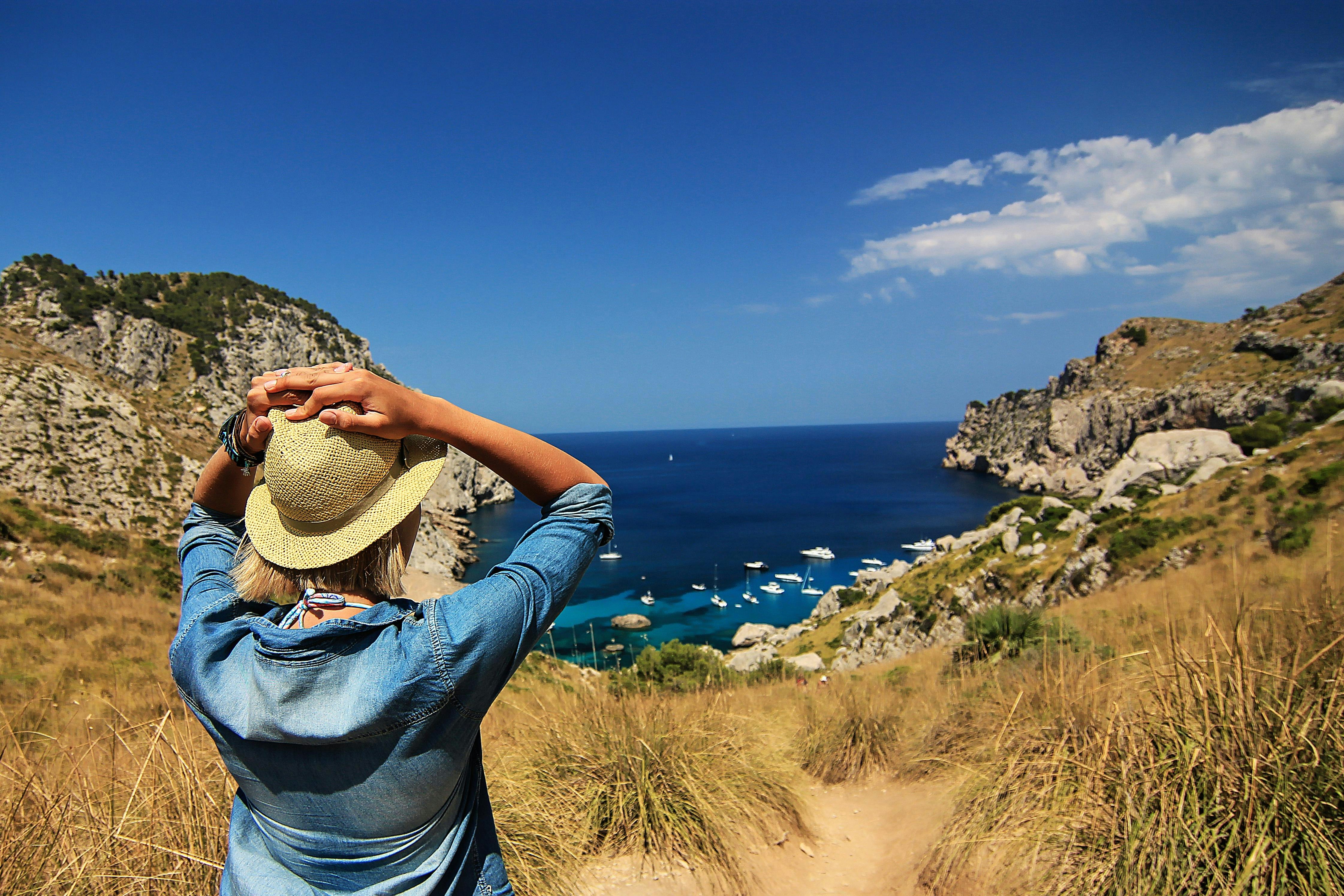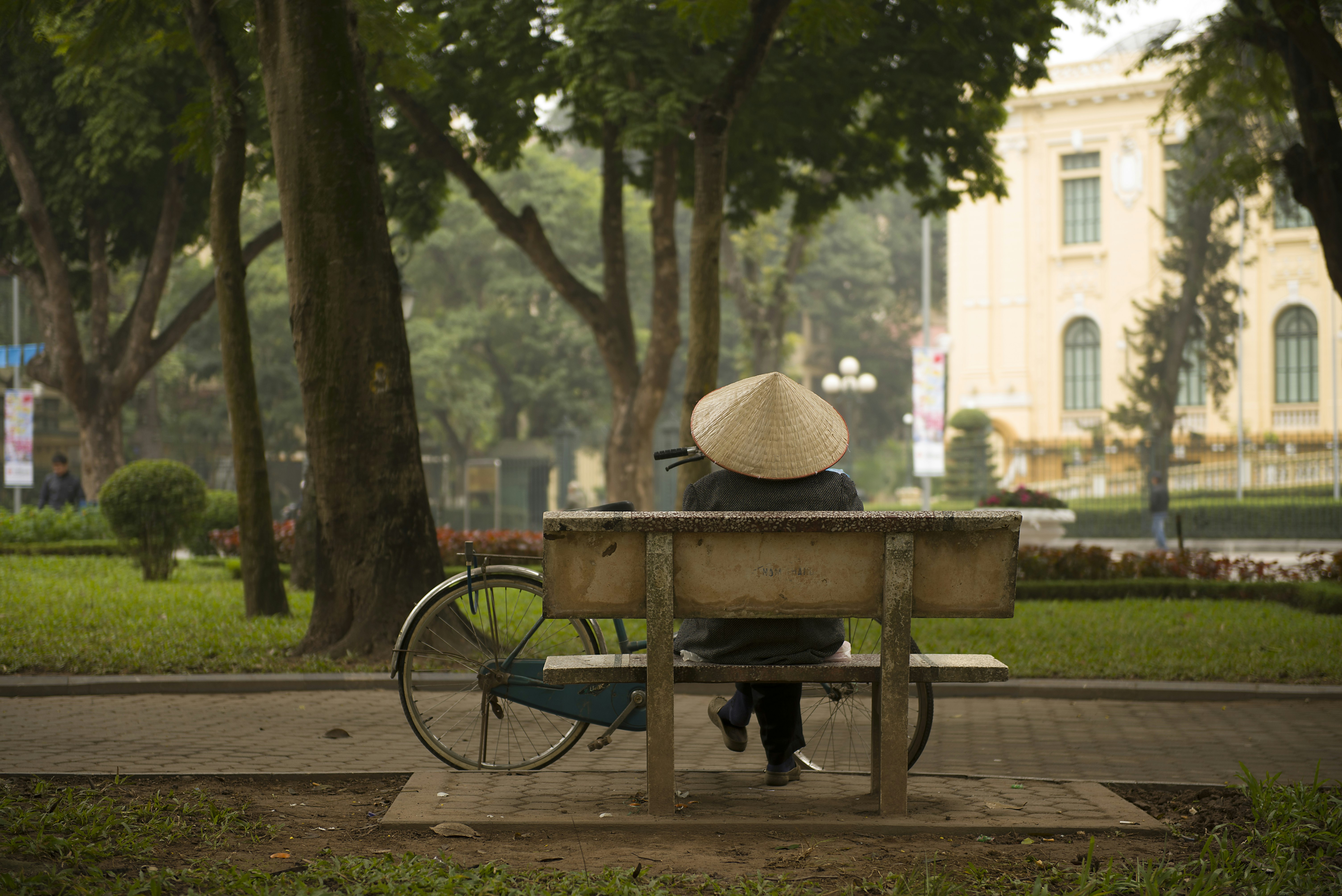
Modern cities are full of biodiversity, you just need to know where to look .Urban ecology is a relatively new field of study that examines how isolated urban green infrastructure relates to one another to form an ecological understanding of our cities. This infrastructure includes green roofs, parks, water catchments, and private spaces like yards and balconies.
Cities can help cool their local area by encouraging green infrastructure, and given the heat wave the west coast is currently experience we need to invest in as much green infrastructure as possible.
The addition and maintenance of green infrastructure is now central to urban planning in most cities. This includes planting trees and bushes, naturalizing parks, restoring wetlands and promoting other forms of green infrastructure such as green roofs. Some cities, including Edmonton, have launched goat programs to control noxious weeds.
A complicating factor is that much of the urban greenspace is found in privately owned gardens. Depending on the city, gardens can make up between 16 and 40 per cent of the total urban land cover, and between 35 and 86 per cent of the total greenspace. Governments have little influence over these areas, leaving it up to individual people to make the right decisions.


